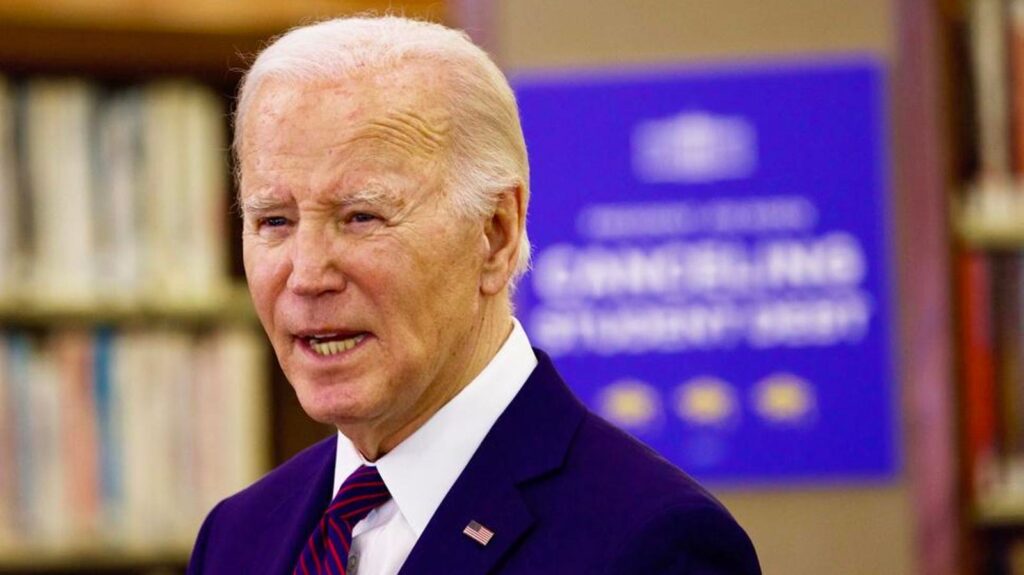On February 21, 2024, President Joe Biden unveiled a significant initiative to grant $1.2 billion in student loan forgiveness, benefiting approximately 153,000 borrowers, amidst a climate of legal turmoil surrounding federal student loans. The overall situation of the federal student loan system is described as chaotic, primarily due to various court challenges undermining existing forgiveness and repayment programs. The ongoing litigation is further complicated by the anticipated transition to a new presidential administration, which may alter the landscape for student loan policies. Despite the ongoing turmoil, some borrowers can still qualify for loan forgiveness, but the specific program determines their eligibility and the complexities involved in navigating these options.
Among the most notable threats to student loan forgiveness programs is the SAVE (Saving on A Valuable Education) plan, anticipated by the Biden administration as a transformative initiative aimed at easing monthly repayment burdens and steering borrowers toward potential loan forgiveness. However, a lawsuit led by a coalition of Republican states has halted the SAVE plan, arguing that it overreaches the authority granted by Congress in 1993 when income-driven repayment plans were authorized. In August, the 8th Circuit Court of Appeals sided with the plaintiffs by issuing an injunction against the SAVE plan, which effectively places borrowers in forbearance and prevents the Education Department from sanctioning any loan forgiveness under this program. Given the injunction’s implications, the future of the SAVE plan hangs in the balance, rendering prospective borrowers uncertain.
Further complications arise for the Income-Contingent Repayment (ICR) and Pay-As-You-Earn (PAYE) plans, which share the same legal foundations as the now-blocked SAVE plan. While these plans are currently not directly challenged in the same litigation, the 8th Circuit has cast doubt over their loan forgiveness provisions after 20 or 25 years of repayment. Advocates for borrowers maintain that historical legislative context and longstanding regulations indicate Congress intended for forgiveness within ICR and PAYE, yet concerns remain regarding the court’s interpretation and potential rulings. As of October 2023, the Education Department confirmed the imposed injunction applies to these repayment plans as well, signaling a cautious environment for those seeking relief under these programs.
Conversely, the Income-Based Repayment (IBR) plan remains an intact option for borrowers pursuing loan forgiveness. Unlike SAVE, ICR, and PAYE, IBR was established through separate Congressional legislation that clearly allows for forgiveness after 20 or 25 years, creating a stable pathway for borrowers. Recent guidance from the Education Department reassured those moving toward the IBR forgiveness threshold that their payments made under the other challenged plans would still count towards IBR discharge, providing a glimmer of hope amid the uncertainty enveloping many other repayment options.
The Public Service Loan Forgiveness (PSLF) program currently also faces no significant legal challenges and continues to provide avenues for debt relief for eligible borrowers. Established through dedicated legislation, the PSLF allows for debt discharge after borrowers make 120 qualifying payments over a 10-year period, contingent on fulfilling specific program requirements. Despite no direct legal threats, borrowers engaged in PSLF are encountering procedural hurdles, particularly those impacted by the SAVE plan’s forbearance, which complicates their progress toward forgiveness. Additionally, many are facing delays and obstacles when attempting to navigate changes or applications for income-driven repayment plans, which are often essential steps toward PSLF eligibility.
In spite of the strides made in some areas of loan forgiveness, challenges remain, particularly for defrauded borrowers awaiting resolution for their approved loan relief applications. Thousands have been left in limbo, sometimes for years, as they await the processing of their applications amid ongoing amendments to the Borrower Defense to Repayment regulations. A federal court injunction in August 2023 has impeded the processing of applications under new rules, leaving many borrowers facing a protracted wait. Conversely, the Total and Permanent Disability discharge program, which serves borrowers with qualifying medical conditions, remains active and unaffected by current litigation, showcasing a clearer pathway for approximately 572,000 borrowers who have already received significant forgiveness under this initiative.
Meanwhile, ambitious yet politically fragile proposals, such as Biden’s “Plan B” for mass student loan forgiveness, have encountered litigation that blocks progress, with challenges primarily targeting the program’s attempts to address issues related to borrower interest accumulation and institutional evaluations. Additionally, another hardship-based student loan forgiveness initiative remains stalled in development, with implementation unlikely before the end of 2025, making its future uncertain as it faces the risk of being undermined by a potential change in administration. As borrowers navigate this convoluted landscape of student loan programs, the complex interplay of legal rulings, administrative decisions, and political dynamics illustrates the urgent need for stable and clear solutions in the realm of federal student loan forgiveness.

